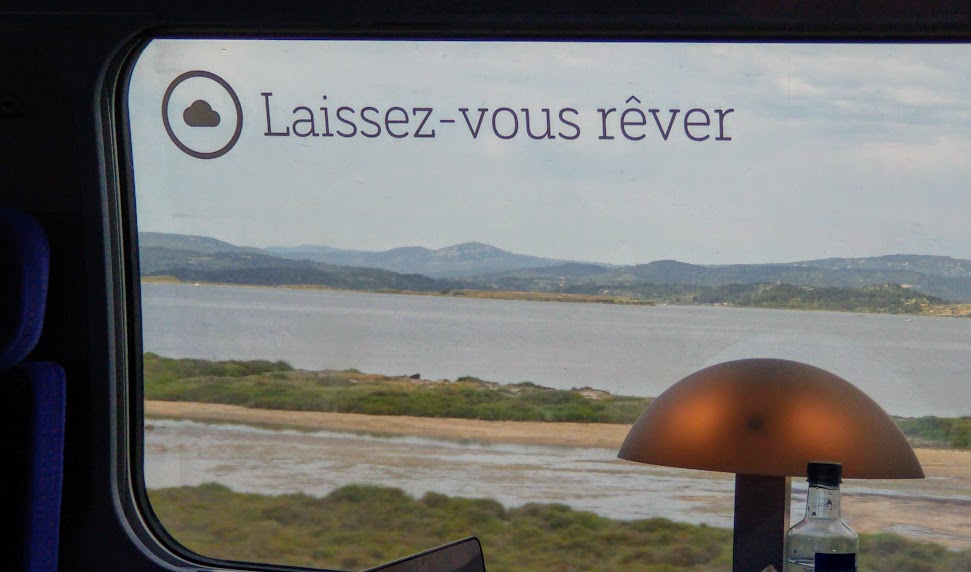People photos. That’s Tina’s Lens-Artist Challenge #292. This is difficult. I’m only just learning to be less shy about making snapshots of innocent strangers, with or without their permission. One way or another though, people at work is an easier ask, so I’m off to see who we can find doing just that.
We’ll start at the second biggest fish market in the world: Jagalchi Fish Market, Busan, South Korea. Here’s someone who’s probably been filleting fish for decades. She could probably do it with her eyes closed.

Here are some workers who have a head for heights: Window cleaners in Warsaw; a telephone engineer in Wensleydale; and two workmen doing something useful at a Thames-side structure.



This auto-rickshaw driver isn’t working at the moment. He’s proud to have taken a very green, very-jetlagged-but-too-wired-to-sleep English tourist (me) on an informative two hour whistle-stop tour of Bengalaru, and is cheerfully posing for a photo.

Here’s a different kind of job. Most Brits have heard of Clare Balding, radio and tv presenter. One of her jobs is presenting a BBC Radio 4 programme, ‘Ramblings’ about the joys of walking. A few years ago, two friends and I had the pleasure and privilege of walking part of the Nidderdale way with her. You can read all about it here. And here Clare is describing the scene before her, as her producer and sound recordist Lucy saves her every word on that muff-on-a-stick while we hover in the background.

Not all work is paid of course. Every year, sheep farmers from all over the north of England and beyond gather for Masham Sheep Fair, to show their sheep off at their very best. Some of the keenest contestants for honours are under ten, the farmers of the future. But the featured photo shows someone who is paid – very little I suspect – for his work: A herdsman in Albania, constantly moving his herd of sheep and a few goats in quest of lush pasture.

But over in India, you could be working with different animals -elephants, perhaps at Dubare Elephant Camp. You might be washing them in the river, or cooking their next meal of jaggery, millet and vegetation.


You might be a waiter. Here are two French ones. Only they’re not really French, or serving at table. They earn a crust as actors – in this case at Ripon’s annual Theatre Festival.

Or you might be a slave. A willing one. At half term, my grandson was taken on – for half an hour only – to be enslaved to a Viking master who turned out to be extremely personable, and even helped him with some of his tasks, such as wood turning. Well, it was part of York’s annual Jorvik Viking Festival.

Children can be good at working for free – unless you want them to tidy their room. Catch ’em while you can.






























































































You must be logged in to post a comment.